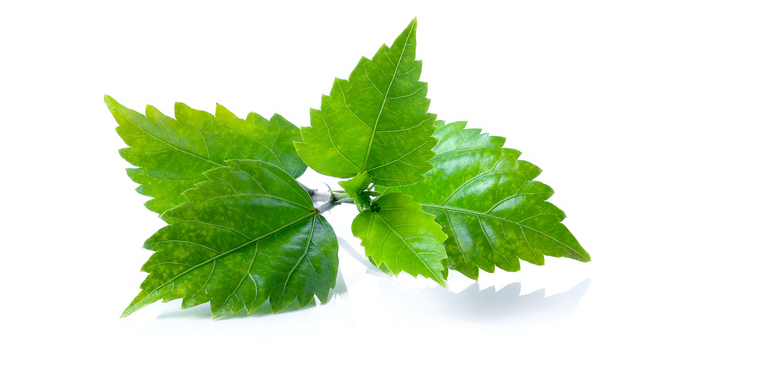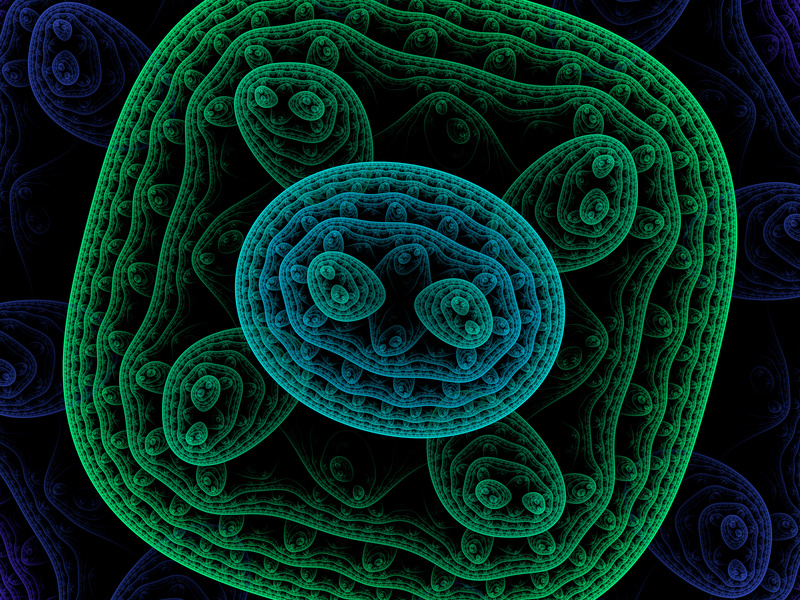Prion proteins are infamous for their role in mad cow disease, but they also help yeasts form memories. They have now been discovered in plants
Prions – those infamous proteins linked to mad cow disease -may be responsible for memory in plants.
The proteins may help plants change their activity based on past events, helping them decide when to flower, for instance.
That plants have memory is well known. For instance, certain plants flower after a prolonged exposure to cold. But if the conditions are not right following the cold, the plant will delay flowering until temperature and light are just right. This suggests that plants “remember” the exposure to cold.
You can even take tissue from such plants and grow a new plant, and it, too, will remember the encounter with the cold, and flower accordingly. The biological state is somehow perpetuated in both the original and new plants.
“Plants have lots of states that they self-perpetuate,” says Susan Lindquist of the Massachusetts Institute of Technology. “They have memory in some ways.”
A prion protein can fold in two ways: it has a normal form and a prion form. Once it folds into a prion, it can then cause similar proteins to change their folding, turning them into prions too
Source: Plants may form memories using mad cow disease proteins | New Scientist











Leave A Reply